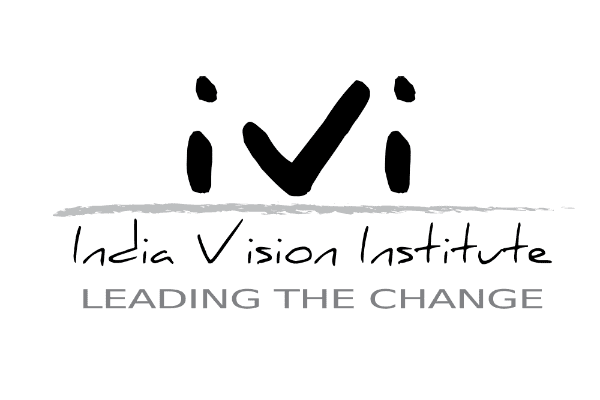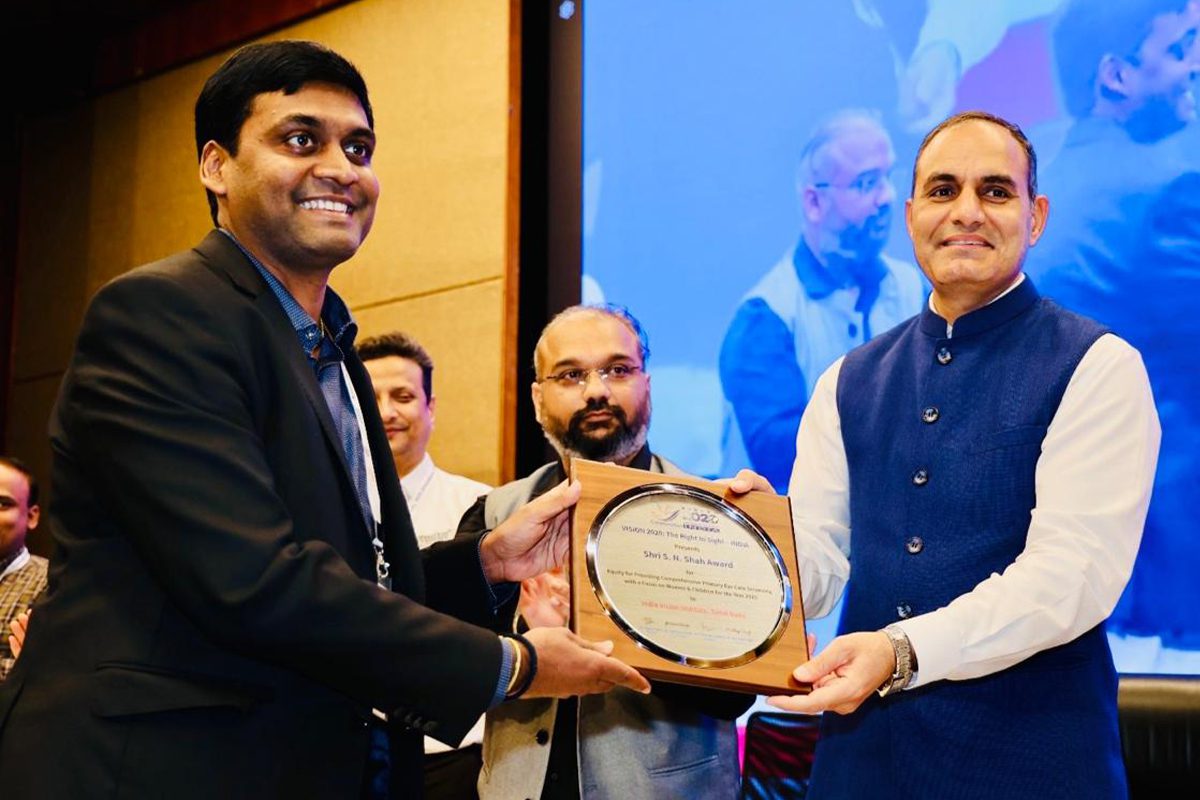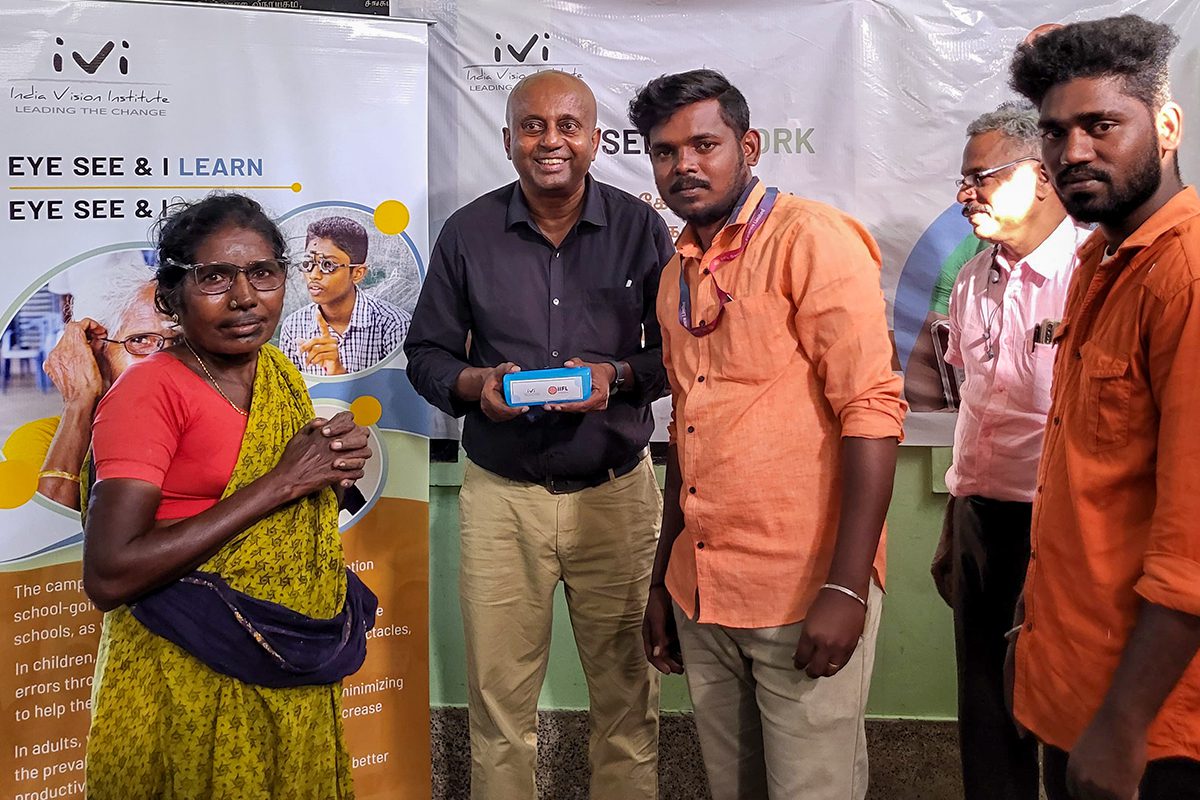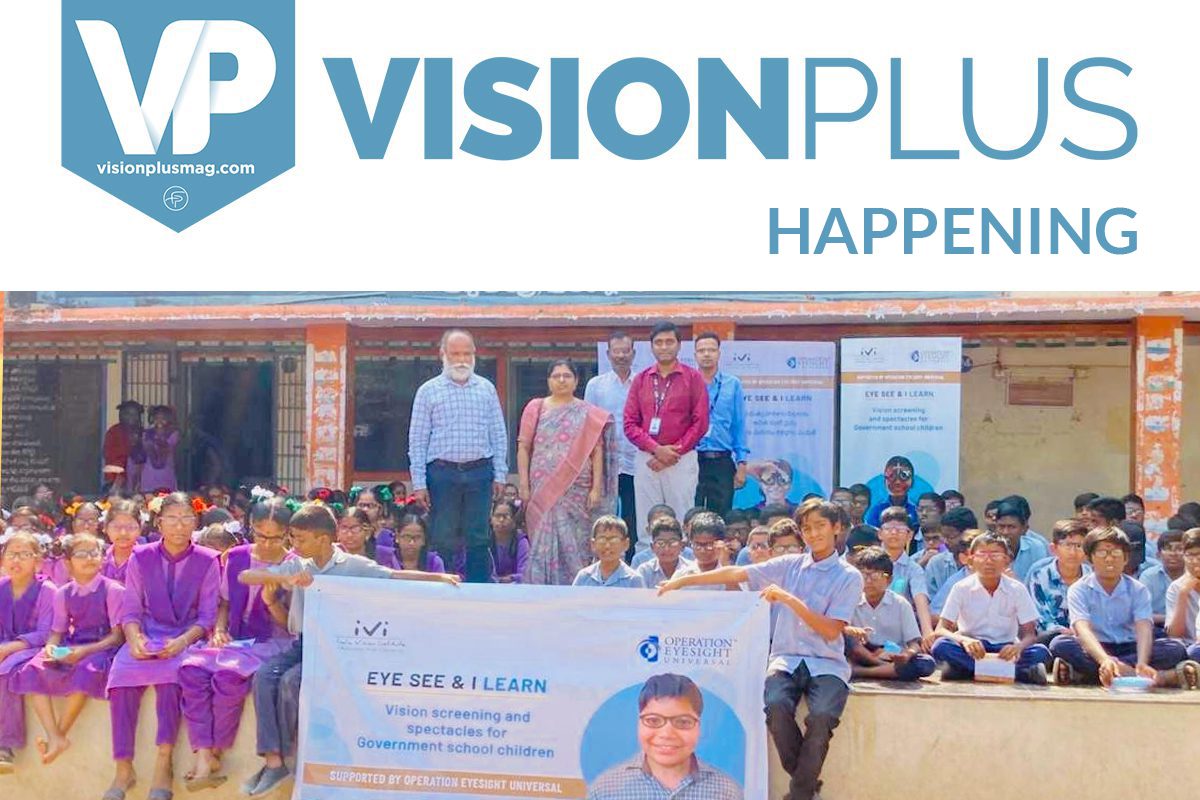Traumatic Brain Injury (TBI) can occur due to a sudden injury that causes damage to the brain. It may be caused by a variety of reasons, such as a blow, bump, or jolt to the head and when an object penetrates the skull. Around 10 million people are affected due to traumatic brain injury every year. It can also result in significant vision problems. A silent epidemic of TBI has taken hold, especially in low and middle-income countries, and has led to disability, morbidity, and mortality. TBI can have vision-related implications and may result in vision problems that often go undiagnosed.
An India Vision Institute (IVI)-VisionPlus Magazine panel discussion, ‘Consequences of Brain Injury on Visual System‘, was held on March 29 to mark Brain Injury Awareness Month and facilitate greater public awareness and understanding of the vision problems associated with traumatic brain injury. The panel at the discussion comprised Dr Jameel Rizwana Hussaindeen, Head, Rivoli Vision Academy, Dr Sieu Khuu, Associate Professor and Deputy Head, School of Optometry and Vision Science, University of New South Wales, and Dr Revathy Mani, Lecturer, University of New South Wales. The session was moderated by Dr Kalpa Negiloni.
 Unlike many other health conditions which may result from ‘bad behaviour’ like drug and alcohol abuse or unhealthy lifestyle choices and dietary habits, TBI usually results from routine activities. TBI can be a product of normal behaviour including driving and sports activities. There is a considerable prevalence of TBI, especially in low and middle-income countries, and the implications are quite profound. Symptoms of TBI can range from mild and moderate to severe in intensity.
Unlike many other health conditions which may result from ‘bad behaviour’ like drug and alcohol abuse or unhealthy lifestyle choices and dietary habits, TBI usually results from routine activities. TBI can be a product of normal behaviour including driving and sports activities. There is a considerable prevalence of TBI, especially in low and middle-income countries, and the implications are quite profound. Symptoms of TBI can range from mild and moderate to severe in intensity.
A challenge TBI researchers face is the lack of a clear definition of what traumatic brain injury is, and the ability to monitor changes and improvement in TBI over a period of time. Since patients with TBI may develop vision-related problems and often report an inability to see properly, scientists believe a patient’s vision can be to used obtain reliable biological markers for traumatic brain injury, and assist in detecting mild, moderate, and severe TBI.
There is an evolving understanding of how we can use visual dysfunctions as biomarkers for brain injury. “Vision is a really useful model for measuring the impact of traumatic brain injury and how it changes and improves in response to treatment,” remarked Dr Sieu Khuu. Vision can also help in assessing recovery in patients with TBI.
Panelists were asked to shed light on the adverse effects TBI is likely to have on an individual’s quality of life, particularly on vision. “Unfortunately, a lot of the cases of vision impairment due to mild traumatic brain injury go undetected, adversely affecting patients and their quality of life,” observed Dr Rizwana, “a lot depends on the awareness, skill sets and capabilities of stakeholders such as eye care professionals have to be able to detect traumatic brain injury at an early stage. It is important to look at vision on a broader level, beyond simply assessing whether a patient has 20/20 vision or not.”
Patients with more severe TBI may face serious deprivations in their quality of life, so much so that they may be housebound and unable to leave their homes without assistance. This is because such patients may not be able to function outdoors, or function by themselves without great care owing to the vision impairment caused by TBI.
“How can eye care professionals equip themselves to establish a clinical neuro-optometric practice?” According to Dr Revathy Mani, one does not need very expensive equipment to set up a clinical neuro-optometry practice. “Basic optometry equipment that enables an optometrist to conduct a comprehensive binocular vision assessment will be sufficient for neuro-optometry.” Eye care professionals can also self-learn. There are also resources available online, in the form of scholarly literature on the subject, that can be accessed by optometrists to enhance their understanding of neuro-optometry.
It is, however, not possible for optometrists to solve all problems a patient with traumatic brain injury faces. Practitioners need to approach TBI with a multi-disciplinary approach and specialist expertise needs to be harnessed. Professionals, such as ophthalmologists, neurologists, occupational therapists, physical therapists, speech therapists, and psychologists, should also be involved in the traumatic brain injury management process. Vison scientists and the discipline of visual psychophysics can also help by developing more objective and sensitive tests and protocols to identify the biomarkers of traumatic brain injury clearly.
Many of the trauma-related deaths in India occur due to TBI, much of which is caused by accidents, including road accidents. Neuro-optometrists can play a pivotal role in addressing this enormous challenge through early detection, diagnosis and intervention. Raising awareness and educating the public at large about TBI, and simple steps at the individual level – such as opting to wear helmets, can also go a long way in reducing the prevalence of traumatic brain injury.














